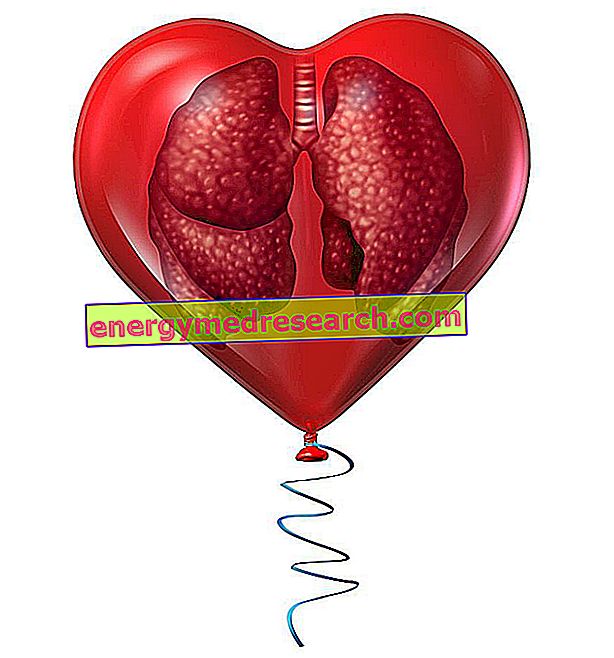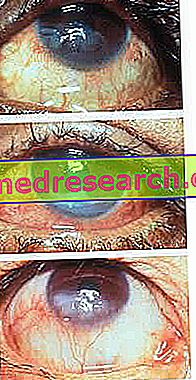Related articles: Impetigo
Definition
Impetigo is a contagious infection of the skin due to two types of bacteria: streptococci and / or staphylococci. Usually, it affects children under 10 years of age, but it can also affect adults.
Impetigo can be the consequence of any type of wound on the skin: a cut, an excoriation or an insect bite. The disease is favored by the hot and humid climate. Impetigo is easily transmitted from one person to another by direct or indirect contact through the mixed use of linen, towels and other personal items. Even the humid places frequented by many people favor the spread of infection (eg swimming pools, gyms, etc.).
Most common symptoms and signs *
- bubbles
- Erythema
- eschar
- Temperature
- blisters
- Pus formation
- Lymphangitis
- itch
- Pustules
- blisters
Further indications
Impetigo is a superficial cutaneous infection that can be blistered or not blistered.
The bullous form appears initially with well-defined red patches, on which then blisters and bubbles containing serum and pus are formed. If a person comes into contact with the material contained in these injuries, he contracts the disease. When the bubble breaks, thin crusts form.
The non-bullous impetigo, on the other hand, is characterized by the appearance of groups of vesicles or pustules that break and give rise to thick crusts, surrounded by reddened and inflamed skin. This second form is therefore similar to the bullous impetigo, with the difference that the vesicles do not spread rapidly to form bubbles.
Itching is a frequent symptom: scratching facilitates the spread of infection to adjacent and non-adjacent skin. Sometimes, impetigo can manifest itself with fever (around 38 ° C) and general malaise. More serious complications can occur only in people with a weakened immune system.
The diagnosis is very simple and, in general, a visit to the doctor and a culture test are sufficient to isolate the germ responsible for the infection. Impetigo should be treated with antibiotics for local or systemic use. Furthermore, it is necessary to frequently wash hands, linen and, in general, objects that have come into contact with the affected person.



